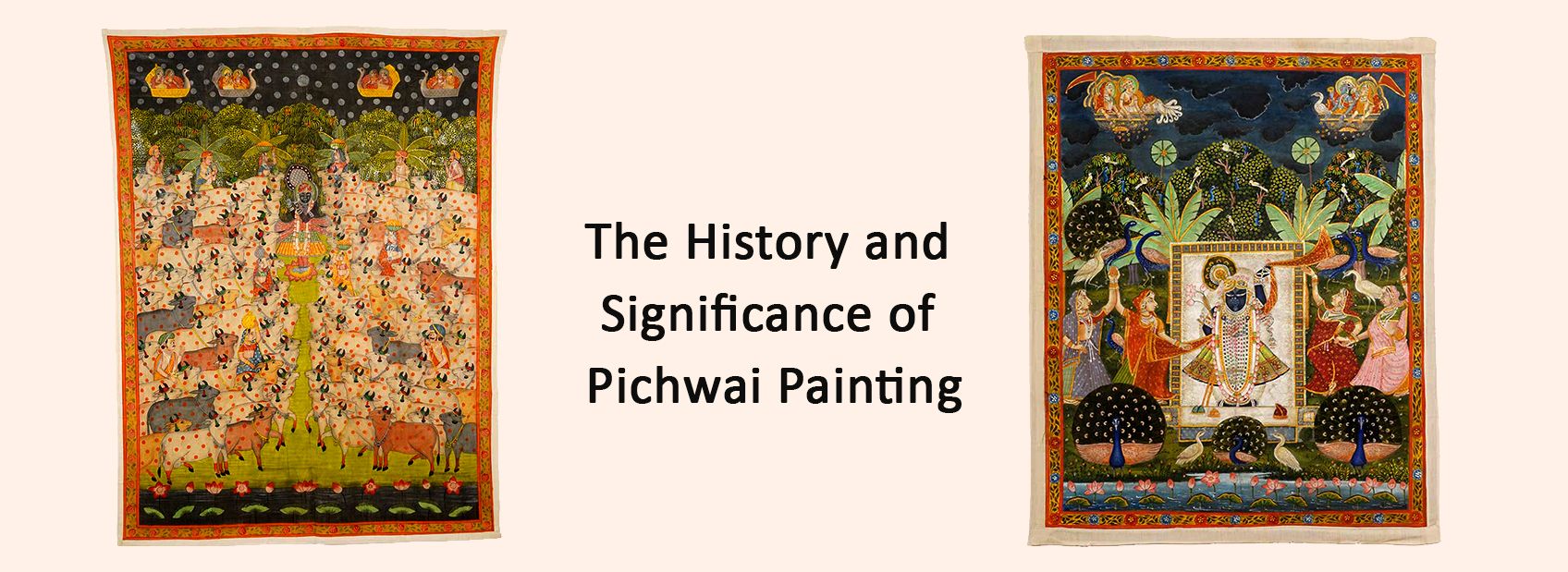
The History And Significance Of Pichwai Painting
Paintings represent history, culture, art and nature; if we trace the cause and effect of paintings, they can be divided into two major factors.
- Cave paintings started in history as a form of developing a language of communication.
- Secondly, it holds a story and history in the modern world.
Humans developed various ways of showcasing art through painting with the passing of life and time. Pichwai paintings are one such art that stunningly showcases the art of human expression.
Pichwai Painting - A Brief History
Before understanding history, we should know the meaning of the word Pichwai. Pichwai is derived from the Sanskrit word “pich”, which means “behind”, and “wai” means “hangings”. The art form is usually showcased on high-quality cotton clothes using rich and natural dyes.
This unique art form originated in the 17th century at Nathdwara temple in Rajasthan. It usually depicts the life of “Lord Krishna” and his life cycle. Moreover, This art form in the modern world is considered a heritage of Indian culture and tradition.
Significance of Pichwai Painting
The Pichwai painting's significance lies in history. When pichwai paintings were first traced, their existence was united in the temple of Nathdwara, where an idol of Shreenath ji was made; it was analysed that the painting has a vibrant colour combined with the creativity and imagination of the artist. Brushes used in these paintings were known to be made from horse, goat or squirrel hairs. They hold religious and traditional significance as these paintings usually were depictions of Lord Krishna and his life. Moreover, Natural colours were deduced from pure gold, and conversion from pure gold to initiate and artistic output took 3-4 days.
Furthermore, These paintings are significant due to their cultural and artistic importance in Rajasthan.
Overall, Pichwai's paintings combine human skill and bold colours to showcase artistic expression while preserving the heritage and craft of India.
Tags:
Posted In:
